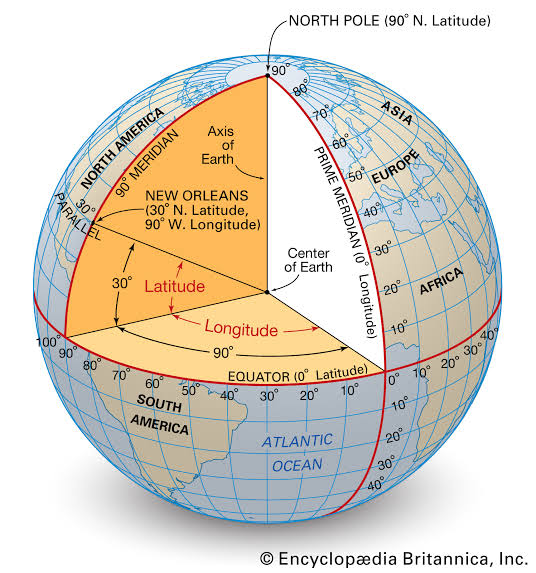Concept of Location in Geography

A particular place or position. "the property is set in a convenient location" In geography, location or place are used to denote a region (point, line, or area) on Earth’s surface or elsewhere. The term location generally implies a higher degree of certainty than place, the latter often indicating an entity with an ambiguous boundary, relying mor on human or social attributes of place identity and sense of place than on geometry. location is the place where a particular point or object exists. Location is an important term in geography, and is usually considered more precise than "place." A locality is a human settlement: city, town, village, or even archaeological site. A place's absolute location is its exact place on Earth, often given in terms of latitude and longitude. For example, the Empire State Building is located at 40.7 degrees north (latitude), 74 degrees west (longitude). It sits at the intersection of 33rd Street and Fifth Avenue in New York City




